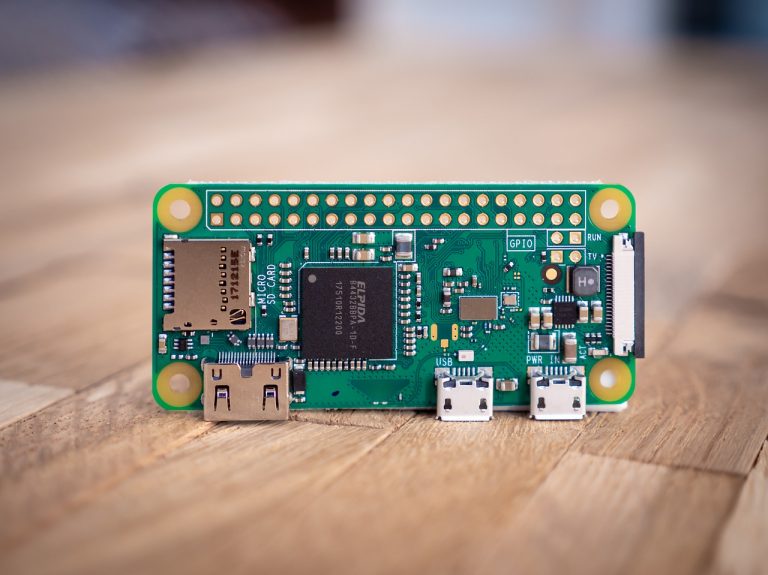
According to ResearchAndMarkets forecasts, the commercial use of artificial intelligence could potentially generate up to $1.8 trillion by 2027. While the global market for Edge AI software is only expected to reach $3.1 billion by 2027 according to the Research Dive report, it is also growing rapidly.
Cloud computing and edge computing
At present, there are many companies, associations, organizations, experts and individuals who are leveraging data in large quantities. The majority of this data is processed in data centres: this is cloud computing. However, the increase in the amount of data processed and exchanged generates risks of bandwidth saturation and consequently increases latency, while concentrating resource consumption.
Edge Computing makes it possible to respond to these constraints by performing calculations at the edge of the network. This division of distributed computing attempts to bring data storage and the computing power required to process it as close as possible to the connected device. This approach increases performance tenfold while reducing operating costs.
Edge AI: bringing together artificial intelligence and edge computing
Edge AI (or intelligent edge) has emerged from a desire to integrate artificial intelligence as close as possible to sensors or connected objects (IoT). The advantages are multiple: no need for permanent internet connectivity, data confidentiality, reduced latency.
Edge AI allows to move part of the computing flow directly into the connected objects, and thus to reduce to the maximum the use of the cloud for processing related tasks.
The benefits of Edge AI
The potential of Edge AI is very significant. Here is a non-exhaustive list of benefits that can be derived from this technology:
- Ease of management: Edge AI devices are easy to use because the objects are completely autonomous.
- Low latency: AI is as close as possible to the objects and is not subject to network congestion issues.
- Deployment “in the field”: Edge AI is by definition very well suited to IoT uses, but also in all mobile devices, starting with autonomous cars.
- Cost reduction: Bandwidth and data exchange costs are reduced because the amount of data transmitted is minimal.
- Security and privacy: With Edge AI, it is possible to immediately identify suspicious persons in public places without transmitting any data other than the location of the individual in the public space. The issue of data confidentiality and privacy are two important issues that Edge AI can address.
A technology with a growing market
Edge AI can be exploited for several purposes such as video surveillance where smart cameras using this technology can process video locally and identify people or objects in motion. Its use in autonomous cars is highly anticipated: the computing power generated by this type of system requires components such as Edge AI to process locally and in real time all the data required for the vehicle to operate.
Edge servers and intelligent Edge technology are deployed in factories, stores, hospitals, financial institutions, etc. for many purposes. In video surveillance as mentioned before, but also in inventory management or administrative records, robotics, medical imaging or industrial maintenance.
The global Edge AI software market is expected to reach $3.1 billion by 2027 according to a report by Research Dive, an Indian market research institution. The compound annual growth rate (CAGR) between 2020 and 2027 would be 28.8%. Two figures that confirm that the intelligent Edge sector is booming.
So, Cloud AI or Edge AI?
Both solutions have advantages and disadvantages and are not intended for the same uses. In addition to these two possibilities, there is a third alternative, Federated Learning, which attempts to reconcile the advantages of the first two.
Translated from L’Edge AI : la technologie en plein essor qui mêle intelligence artificielle et edge computing









